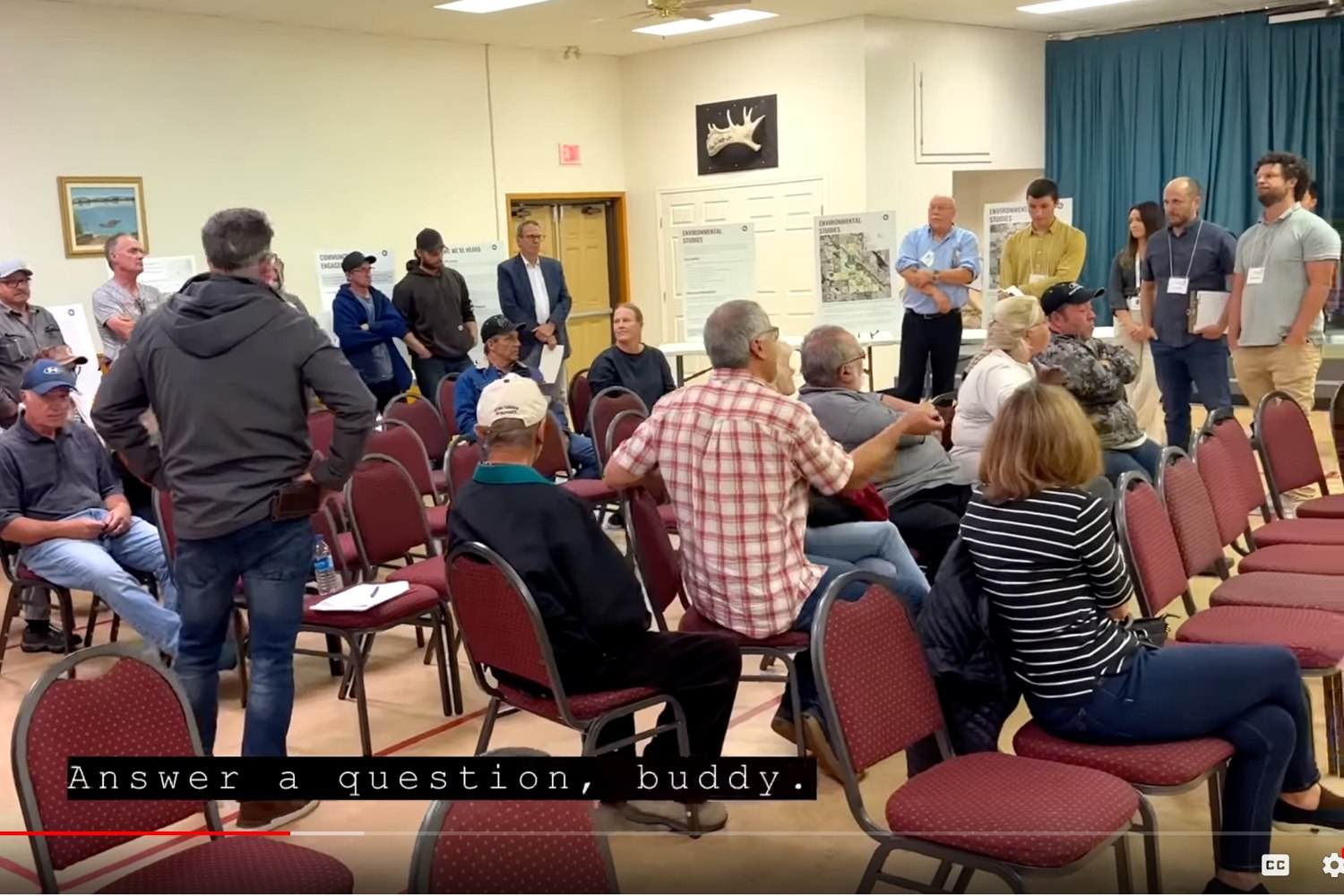By Robert Bryce for Fox News, April 5, 2024
All around the world, big solar and wind projects are being rejected. From rural England to the Osage Nation in Oklahoma, local communities are telling alt-energy developers to take their projects and put them where the sun doesn’t shine and the wind doesn’t blow.
As I have documented in the Renewable Rejection Database, there have been at least 639 rejections or restrictions of wind or solar projects in the U.S. alone since 2015.
Why are so many communities objecting? The answer is simple: landowners and homeowners want to preserve the integrity of their neighborhoods.

They don’t want their landscapes and views destroyed by oceans of solar panels and forests 600-foot-high wind turbines. They are also rightly concerned about the diminution of their property values and the noise pollution that comes with these projects.
Don’t blame yourself if you haven’t heard about these rejections. The widespread opposition to wind and solar doesn’t fit the narrative that’s relentlessly pushed by the New York Times, National Public Radio and other big media outlets about the “energy transition” and “clean” energy.
Nor do they fit with claims made by the Biden administration, which has repeatedly touted its goal of having a “carbon pollution-free power sector by 2035.”
These myriad rejections are a massive problem for corporate interests that are trying to build huge new wind and solar projects. Indeed, rural communities are standing between big business and tens of billions of dollars in tax credits.
According to the latest numbers from the U.S. Treasury, this year alone, the production tax credit (used primarily for wind energy) and the investment tax credit (primarily solar) will cost taxpayers $35 billion. For reference, the oil and gas industry’s most significant tax credit, the depletion allowance, will cost taxpayers about $1.6 billion.
Given the vast sums at stake, it’s not surprising that lobbyists for the wind and solar sectors are pushing measures that strip local communities of their zoning authority and hand that authority to state bureaucrats. In fact, four heavily Democratic states, New York, California, Michigan and Illinois, have recently passed measures that do precisely that.
But before delving further into what’s happening across the U.S., here’s a quick roundup of what’s happening overseas.

Last December, a French court ruled that a wind project in southern France near the town of Luna must be dismantled due to “noise complaints from residents and the effect it is having on birds.” According to one news report, “Residents in the immediate surrounding area have long complained about the noise from the windfarm.”
In March, a judge in Ireland sided with local landowners and ruled that the noise pollution generated by a wind project in County Wexford built near their properties amounted to a “nuisance to the plaintiffs.” The judge also wrote, “I find that the plaintiffs’ complaints are objectively justified in that the noise interferes with the ordinary comfort and enjoyment of their homes. When it occurs, this interference is a substantial interference.” Damages in the case have yet to be determined.
In England, the solar rejections are piling up so fast it’s challenging to keep track. Since January, local authorities have rejected a 102-acre project in Cambridgeshire, a 198-acre project in Holbeach, a 66-acre project in Kent, a 96-acre project in Herefordshire, and a 103-acre project in Coventry.
After the rejection of the Holbeach solar project, a local politician, Nick Worth, said the land “should be used for farming, not energy. We should be producing more food, not less, particularly on the best land in the country.”
In January, an Australian court rejected an application for a 10-megawatt solar project proposed near Mudgee in New South Wales. The ruling confirmed the judgment of a regional council that had determined the project would be an “alien feature” on the landscape and that the area would be “irreversibly changed” by the 25,000-solar panel facility.
Last year, in Canada, regulators in Alberta imposed a moratorium on all wind and solar projects. In February, provincial officials announced updates to their regulations, including a ban on alt-energy projects on prime agricultural land.
Further, in an unprecedented move, the rules will require a 35-kilometer (21.7 miles) buffer zone between wind and solar facilities and protected areas or “pristine landscapes.” Alberta Premier Danielle Smith said the new regulations were made in response to Alberta residents who “don’t want large scale developments to interfere with our province’s most beautiful natural features.”
Read the rest of the article here.
Wind Concerns is a collaboration of citizens of the Lakeland Alberta region against proposed wind turbine projects.


